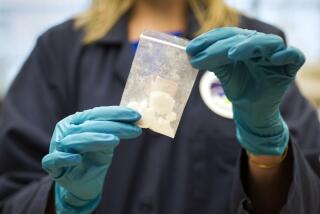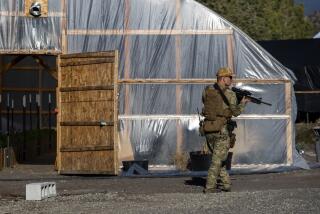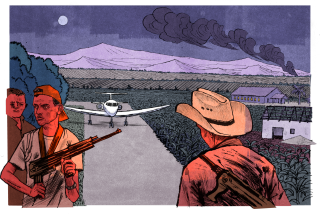Heroin used to pass through South Africa en route to Europe. Now much of it stays, with devastating effects

James Mashakeni, 22, began smoking nyaope, a heroin-based narcotic, after a blowout fight with his dad nine years ago. When his father burned his clothes and schoolbooks, he recalls, friends offered him the street drug as a means of escape.
“I became addicted quickly,” he said. “I was smoking every day to forget about that situation.”
On a recent day in a dimly lit northwest South African community hall, Mashakeni sat slumped in a plastic chair, munching on chips as a counselor railed about the nyaope menace sweeping the nation. After a few minutes, he raised his hand, and declared that he was tired of being in its grip and wanted to go to rehab. Fellow members of the audience of some 50 parents and young drug addicts cheered.
“When I’m high, I cannot see the light,” Mashakeni said after the meeting. “Now, I want to try [to stop].”
Twenty-five years after the end of apartheid, nearly one-third of employment-age South Africans are without jobs, inequality remains rife, and the vast majority of South Africans think their country is moving in the wrong direction, according to a 2018 Afrobarometer survey.
Now, experts warn a heroin crisis is brewing, already having hit the country’s poorest and likely to mushroom as South Africa transitions from being a heroin transit hub to a retail destination.
Heroin has been available in South Africa since the 1990s, when a small number of mostly white men in Johannesburg were the primary users. But in recent years, with policymakers barely paying attention, a domestic heroin market estimated worth hundreds of millions of dollars is spreading in both urban and rural areas of the country, according to a new report released by ENACT, a European-Union funded project that tracks organized crime in Africa.
The growth of the heroin market in the last five years has been “profound,” said Simone Haysom, the report’s author, in the capital Pretoria this month. “It’s a major phenomenon — not just in big cities, but in small towns.”
The heroin primarily comes from Afghanistan, the world’s top grower of the poppy that produces opium and heroin. Despite international efforts to curb it, opium production reached record levels there in 2017, according to the U.N.
As the two main drug trafficking routes out of Afghanistan to Europe through Central Asia and the Balkans have become more restricted due to conflict and tighter borders, a lesser-used southern route along Africa’s east coast has become more popular with smugglers, who have increased amounts of product to peddle. according to ENACT.
On this sea route, according to a 2018 ENACT report, heroin moves from Afghanistan to Pakistan’s coast, where motorized dhows, a traditional Arab boat, pick up hundreds of kilos and sail to international waters off the coasts of Somalia, Kenya, Tanzania and Mozambique.
There, smaller boats pick up the heroin and move it to beaches, coves, islands and small harbors. The heroin is then moved overland to major transit points, including Johannesburg, Durban and Cape Town.
Ten years ago, between 80 and 90% of the heroin that arrived in South Africa was then shipped directly to more lucrative markets in Europe and, to a lesser extent, North America, said Haysom.
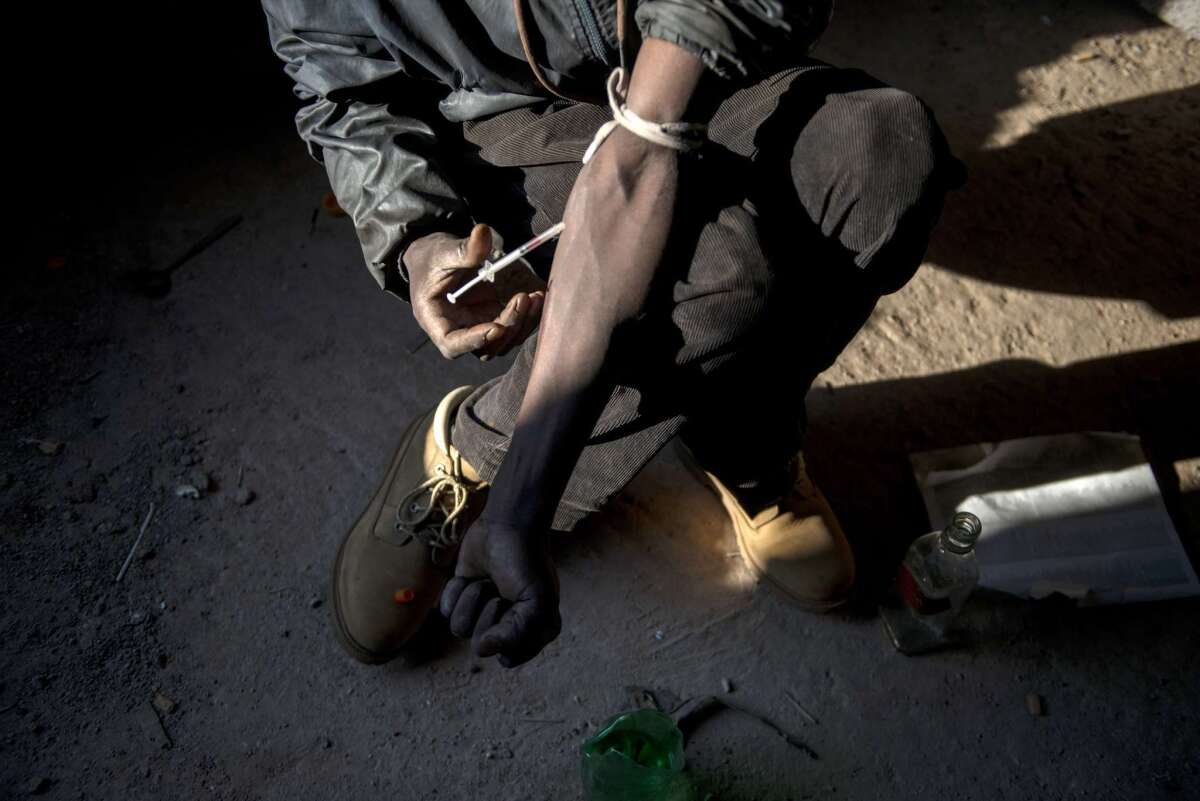
Now, about a third of the heroin remains in South Africa, she said, underpinning a criminal economy that has, at the same time, seen a spike in guns, gang turf battles and an escalating murder rate, particularly in Cape Town. “Heroin is feeding into a perfect storm,” Haysom said.
Heroin in South Africa is often mixed with cheaper drugs like painkillers to keep the cost down; a single hit can cost as little as $1.50. The white powder is typically combined with marijuana and smoked, or injected, sometimes by “bluetoothing” in which one user injects a hit, withdraws his or her blood, and injects it into another person. In a country with the world’s largest HIV epidemic, it’s an extremely dangerous practice.
The drug is sold under different names around the country — nyaope, sugars, woonga, unga — that make it trickier to track the problem. A 2015 study estimated that more than 75,000 South Africans were injecting heroin, but researchers believe the number of users is significantly higher today.
“If heroin had to be sold the old way, it would be a very small market,” Brigadier Ebrahim Kadwa, national head of the Organized Crime Unit for the Hawks, a government body that combats high-priority crime in South Africa, said at the paper’s launch. “By making it relatively cheap, [traffickers] were able to penetrate the mass market.”
Kadwa says law enforcement was slow to pick up on the country’s heroin problem, thinking of the country as primarily a heroin transit point.
But, he says, the government has now intensified its efforts to crack down by fighting drug supply networks, setting up anti-gang units to target the criminal organizations peddling drugs, and ramping up seizures at borders.
Some say police still aren’t doing enough.
In Hillbrow, a dense neighborhood in central Johannesburg, the drug trade flourishes openly as residents from dozens of countries across Africa contend with rampant unemployment, said Robert Michel, executive director of Outreach Foundation, an organization that works with drug addicts.
“Here in Hillbrow, you can find any drug available on Earth,” Michel says. “The police can’t stop the [dealers]. They openly sell drugs. We are pretty sure the police work with them.”
Though there are both government rehabilitation programs and private centers in place, widely used practices such as opioid substitution therapy and needle exchange programs are still extremely limited, ENACT says.
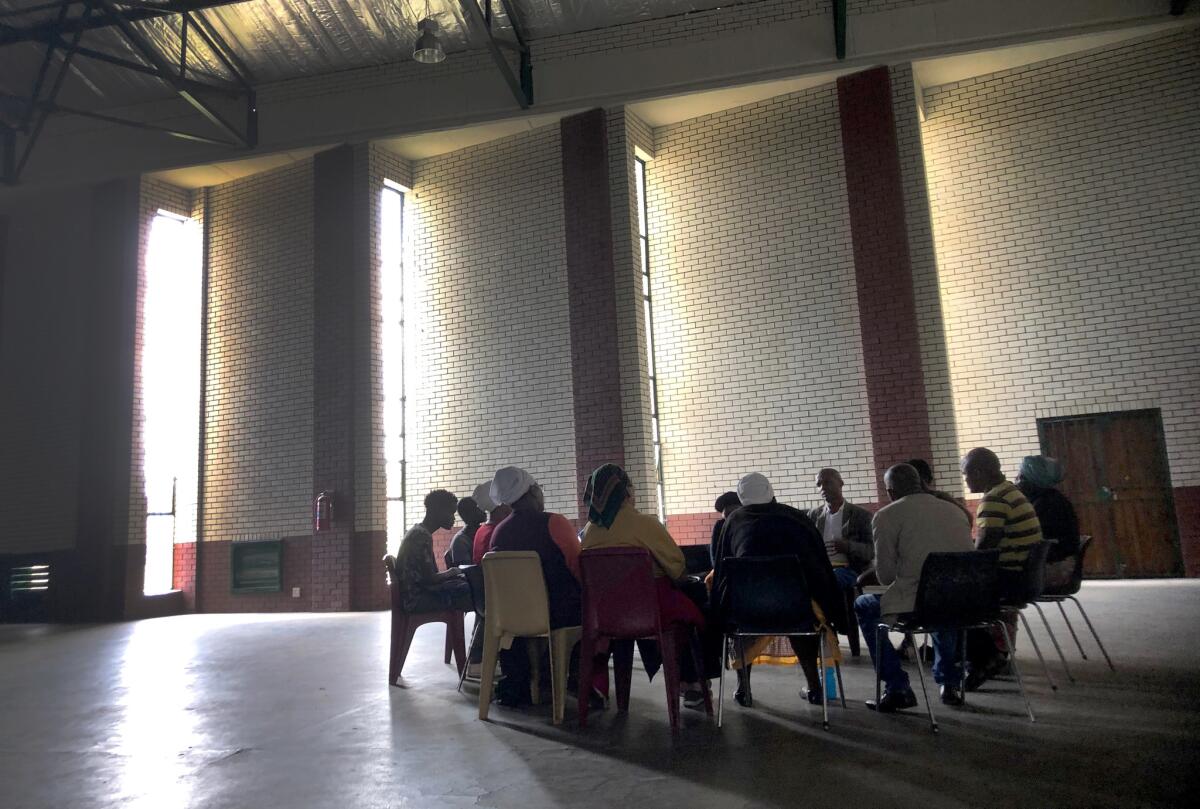
In Brits, Outreach helps recovering addicts and families dealing with drug addiction find work in a town that has been hit hard by layoffs in the mining industry.
During the meeting in the community hall, elderly women and men, many just scraping by, stood up to testify about living in fear of their children, who have stolen everything from their homes, or turned violent.
Afterward, a group of young men stands around a table looking apprehensive, while a social worker from Outreach took their names and information to get them registered for a government treatment program nearby.
“My family is struggling,” says Grace Pitse, a retiree who has brought her son to the meeting to prepare for rehab. “They want this boy to come right. They want him to be normal.”
Mahr is a special correspondent.
More to Read
Start your day right
Sign up for Essential California for news, features and recommendations from the L.A. Times and beyond in your inbox six days a week.
You may occasionally receive promotional content from the Los Angeles Times.
